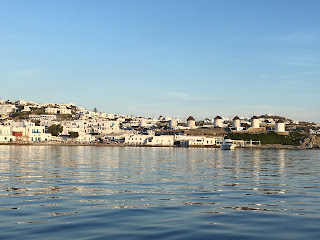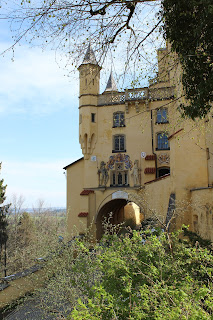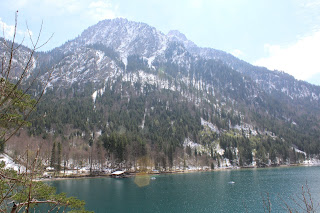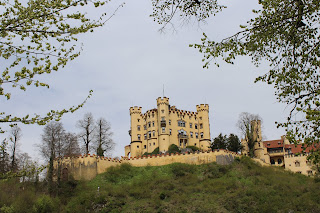Leye - Every other Wednesday
 |
| Source |
80 dead. 350 wounded. Kabul, Afghanistan. Today.
23 dead. 116 injured. Manchester, England. 22nd
of May, 2017.
30 dead. 40 injured. Baghdad, Iraq. 30th of May,
2017.
In each of these cases, the count of dead includes the
suicide bombers responsible for the mass murders.
These are just three out of thirty-one terrorist incidents
in May of this year alone.
I was going to write about governance when Kabul flashed on
my phone. I was going to rant on how strange it is that countries, populations
of millions, choose or endure one human being to lead them. One ruler. One
person with ultimate responsibility for everyone else. I was going to propose
what I’ve coined, Agile Governance, and I was going to start my argument from
my observation of how the Nigerian state continues to exist even the absence of
the President. I wish him full recovery from his undisclosed ailment. He is in
London getting treated for something that till today is being kept secret.
And of course, I was going to touch on Trump in my rant. He,
more than any other leader, more than President Buhari of Nigeria whose ill
health does not tarnish his good intentions as a ruler, he, Donald Trump, is
the perfect reason for countries to rethink choosing one individual to rule
over them all.
But Kabul flashed on my phone screen and I stopped.
I have become used to this. To numbers. Eighty. Twenty.
Twelve. One hundred. To violent, needless loss of human lives reduced to
digits. To suicide bombers. I have become numb.
I think of the dead each time, but my mind hardly bothers
with the wounded - until they are dead in the news updates, then they shift
sides in the statics and they too get from me a pause. A pause and no more. And
I move on.
I continue with whatever it was that I was doing before; writing,
eating, chilling, dreaming, howbeit with noticeable quietness, like a
subconscious minute’s silence.
But not today.
Today I stopped.
Suddenly, my Trump rant didn’t seem as innocuous as I hope
(and I take it for granted) my rants to be. Today I asked myself again, ‘What
makes a person strap a bomb to their body?’
I have my theories, there are many, and there are many more
that are not mine but that are sound and have merit in their arguments, but who
can tell what’s on another person’s mind as they bury their child, bend
torn-off branches to build a fence along where they suspect the mines are,
watch their parents dragged off to be executed for not saying prayers to the
right God, live through another air raid, strap a bomb suit to their body.
Who can tell what’s on my mind as I’m writing this? Who,
expect me, can know my true motives? Who, even hearing my motives from my
mouth, spoken truthfully and with every intention to be truthful, can be sure
that I have been truthful first to myself before attempting to be truthful with
them? Who can know the mind of another? No one.
So I do not wish to know the mind of the suicide bomber,
because I cannot know his mind. Or her mind. But still I wonder, why? Why,
despite the billions spent and the intelligence gathered, why has the War on
Terror failed? Quite evidently it has failed, it is failing now, and from all
indications, it will continue to fail. Why?
Next week in the UK we are going to have a general election.
Jeremy Corbyn, the Labour leader, speaking after the Manchester attack, claimed
that there is a link between “wars our government has supported or fought in
other countries and terrorism here at home.”
I don’t know if he’s right, but I know I want to try
something other than what we have always done. Something other than giving
other people freedom by bombing them. I want to get ‘unused’ to numbers of dead
and injured. I want to feel again. And
that is why I’m voting Labour.












































































































